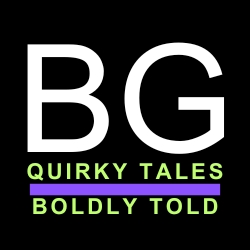Yes, this week’s blog is a bit late and there is no excuse for tardiness. I’ve tried teaching that to my 11-year-old, but the lesson sticks about as well as olive oil on teflon.
Anyway, this week I want to talk about two books: mine and one by Steven Pressfield. If you read last week’s blog, you know I dove into a deep rewrite on my work in progress (what we in the business call a WiP [by the business I mean writers with delusions of grandeur]). It has proved a most rewarding endeavor. The entire opening chapter is different, with the focus being on the world and the antagonist, which hadn’t even appeared by chapter six previously. My characters have direction and purpose and I have been free to go on Pratchett-esque tangents that (I think) are witty.
I took the jump tonight and let my daughter (aforementioned 11-year-old) read my opening chapter, hedging my bets by explaining that I wrote it for a more adult–and male–reader. She got it. She also offered some suggestions. But more than that, as soon as she was done reading, she wanted to continue writing her story. It’s about orphans and ninjas and is wicked cool. No, I’m not jealous of her talent.
Not. At. All.
So the WiP is tracking nicely. Let’s move on to book number two.
There’s one book you gotta read. And another you gotta read once I’m done.
Every once in a while one discovers a resource, a gem, a bit of magic that insists on being shared with the world. You read it and say, “Oh my God! I have to tell someone about this.” I felt that way when I read On Writing by Stephen King and Dear Writer, You Need to Quit by Becca Syme. And that’s how I felt from page one reading Steven Pressfield’s The War of Art. This is a book found in the Personal Growth section, but should be on an end cap near the front of the store and labelled, “Must Read for Life Fulfillment.” After hearing others talk about it over the years, I finally picked up a copy. This is Jocko Willink’s Discipline Equals Freedom for creatives.
Many feel Pressfield is unapproachable, due to his succinct, blunt prose. Or they take issue with his topics, like various military actions or The Legend of Bagger Vance. However, all artists need to read what he has to say in this book. Right out of the gate he points the finger at the one thing hold each of us back. That one thing is…each of us. He breaks down what he calls “Resistance,” that force rooted in fear that forces/cajoles/connives/convinces/seduces us into not doing the work we were put here (or committed ourselves in our dreams) to do. Then he proceeds to offer up ways to win the daily, hell, HOURLY battle we each fight with Resistance.
This is one of those books that makes you get out of your chair and shout, “YES! I can do this.” When it’s done, perhaps my book (as yet untitled) will make you smile and go, “Yes, I liked that.” I’ll take it.
